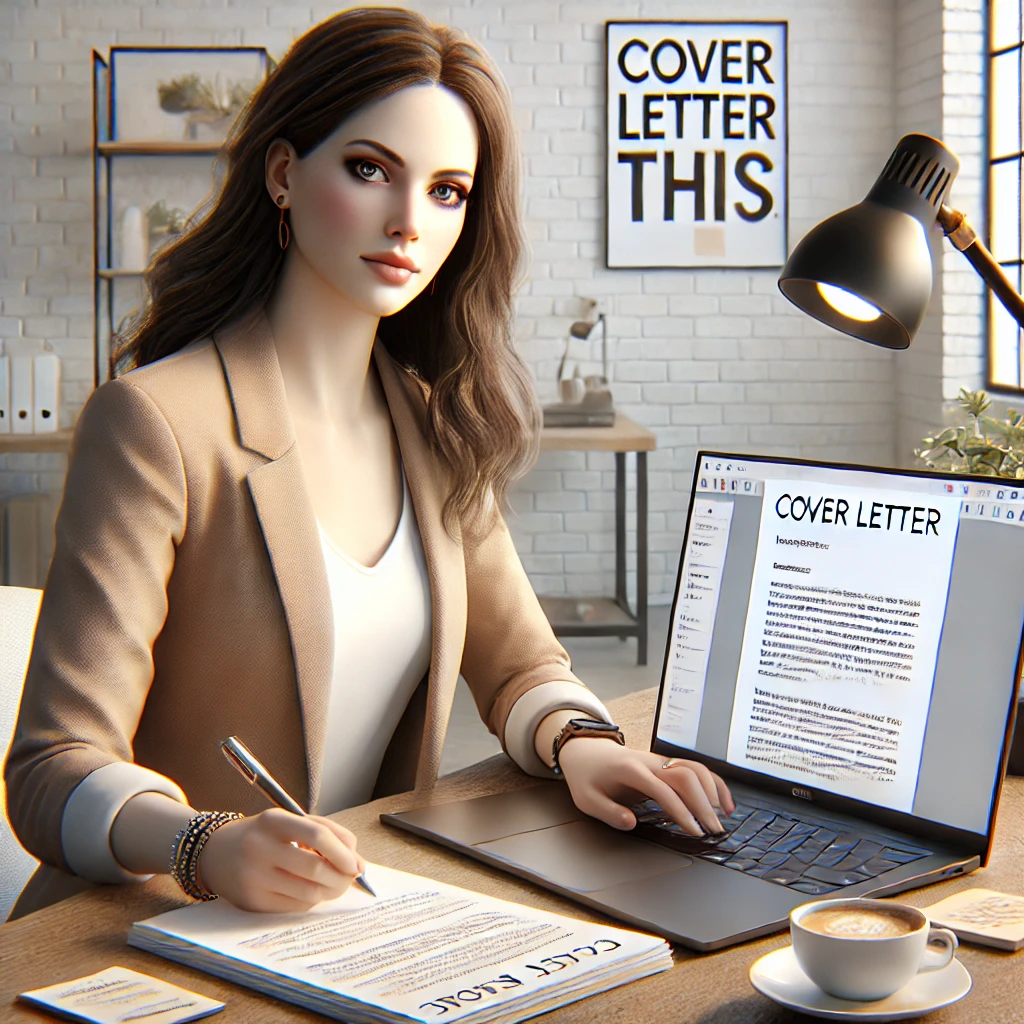Landing a remote job often feels like hitting the jackpot in today’s job market. But with increased competition, a strong cover letter can be your golden ticket. A cover letter for a remote position isn’t just a formal document; it’s your opportunity to show potential employers why you’re the perfect fit—both professionally and personally.
So, what makes a cover letter for remote roles different? Unlike traditional jobs, remote work demands a unique set of skills, like independence, communication, and familiarity with tech tools. Your cover letter needs to demonstrate you’re ready to thrive in a remote environment.
Understanding the Employer’s Perspective
- Why Employers Value Cover Letters for Remote Positions
Hiring for remote roles comes with its own set of challenges. Employers can’t assess your personality or teamwork skills in person, so your cover letter must fill this gap. A compelling cover letter helps reassure them you’re capable of handling the unique demands of remote work.
- Challenges of Remote Hiring and the Role of Cover Letters
From ensuring cultural fit to gauging self-motivation, remote hiring managers look for candidates who can work autonomously while staying connected. A well-crafted cover letter helps bridge this gap, offering insight into your work ethic and adaptability.
Research and Personalization
Researching the Company
Before writing your cover letter, dig deep into the company. What’s their mission? Do they promote flexible hours or specific collaboration tools? Mentioning these details will show you’re genuinely interested and prepared for their work culture.
Tailoring Your Cover Letter
Avoid the temptation to send out generic cover letters. Customizing your application for each role demonstrates effort and professionalism. Use the job description to identify key requirements and align your skills with their needs.
Structuring Your Cover Letter
The Ideal Format
Start with an engaging introduction, follow it with a detailed body highlighting your skills and experience, and close with a strong call to action. Stick to this simple structure for a clear and professional approach.
Length and Layout
Keep your cover letter to one page. Ensure it’s easy to read, with short paragraphs and enough white space.
Writing a Compelling Introduction
The first sentence of your cover letter can make or break your chances. Begin with enthusiasm, mention the specific job title, and explain why you’re excited about the opportunity.
Highlighting Remote Work Skills
Key Skills Employers Look For
Employers seek candidates skilled in communication, time management, and tech-savviness. Mentioning these upfront is critical.
Providing Examples
Don’t just state your skills—prove them. For instance, explain how you successfully managed a remote project or led virtual meetings efficiently.
Showcasing Your Fit for the Role
Aligning Your Experience with Job Requirements
Your experience should directly relate to the job description. Highlight achievements that showcase your ability to meet their expectations.
Demonstrating Adaptability
Remote work often means adapting to new tools and workflows. Highlight instances where you embraced change and excelled.
Emphasizing Remote Work Tools and Technology
Be sure to mention tools like Slack, Zoom, or Trello. Highlight your proficiency and willingness to learn new tech quickly.
The Importance of Soft Skills
Soft skills are as important as technical know-how. Remote work demands emotional intelligence, virtual collaboration, and a proactive attitude. Illustrate these through anecdotes.
Conveying Professionalism and Enthusiasm
Maintain a positive, professional tone throughout your cover letter. Show genuine excitement about joining their team—it’s contagious and leaves a lasting impression.
Avoiding Common Mistakes
Steer clear of generic phrases, overly long descriptions, or neglecting to proofread. A polished cover letter demonstrates attention to detail.
The Final Touch: Proofreading and Editing
After writing your cover letter, read it aloud. This helps catch awkward phrasing or errors. Better yet, ask a friend or mentor for feedback.
Sample Cover Letter for a Remote Job
Dear [Hiring Manager’s Name],
I’m thrilled to apply for the [Position Title] role at [Company Name]. With a proven track record in [specific skill/field], I have successfully [key achievement]. My experience in remote work has honed my skills in communication, collaboration, and adaptability, making me an ideal candidate for your team.
At my previous role with [Company], I utilized tools like [specific tools] to [specific result]. These experiences have equipped me to thrive in distributed teams while maintaining high productivity.
I’d be delighted to bring my expertise and passion for [specific area] to [Company Name]. Could we schedule a time to discuss how I can contribute to your goals?
Warm regards,
[Your Name]
Conclusion
Your cover letter is more than a formality—it’s your chance to connect with the employer and demonstrate why you’re a perfect fit. By following these tips, you’ll craft a compelling cover letter that sets you apart from the competition.
FAQs
- How long should a cover letter for a remote job be?
One page is ideal—concise yet detailed enough to showcase your skills. - What tone should I use in my cover letter?
A professional yet conversational tone works best. - Should I mention salary expectations in my cover letter?
Only if the job description requests it; otherwise, save it for later discussions. - How do I address employment gaps in my cover letter?
Be honest and focus on what you did during the gap, such as upskilling or freelancing. - Can I reuse the same cover letter for multiple remote jobs?
It’s better to personalize each cover letter for the specific role and company.

